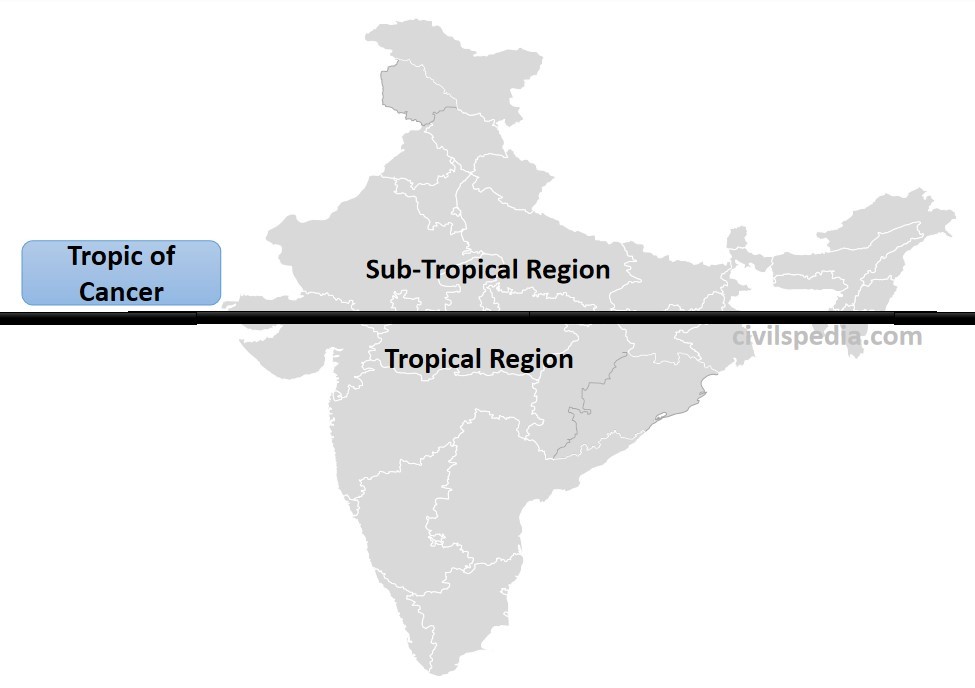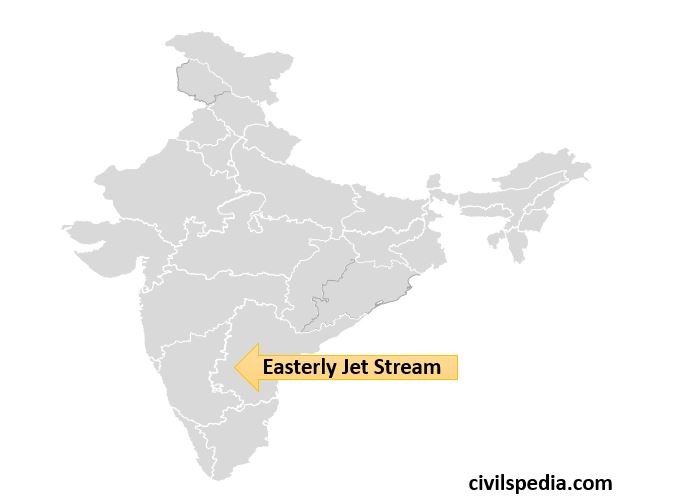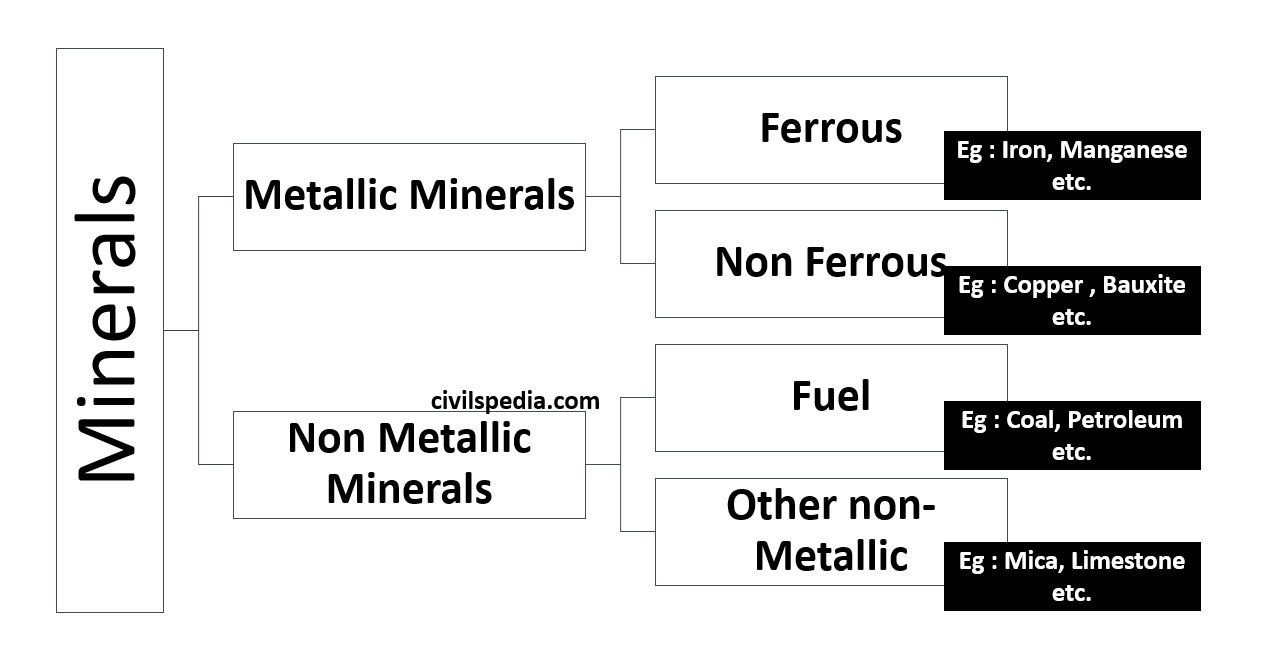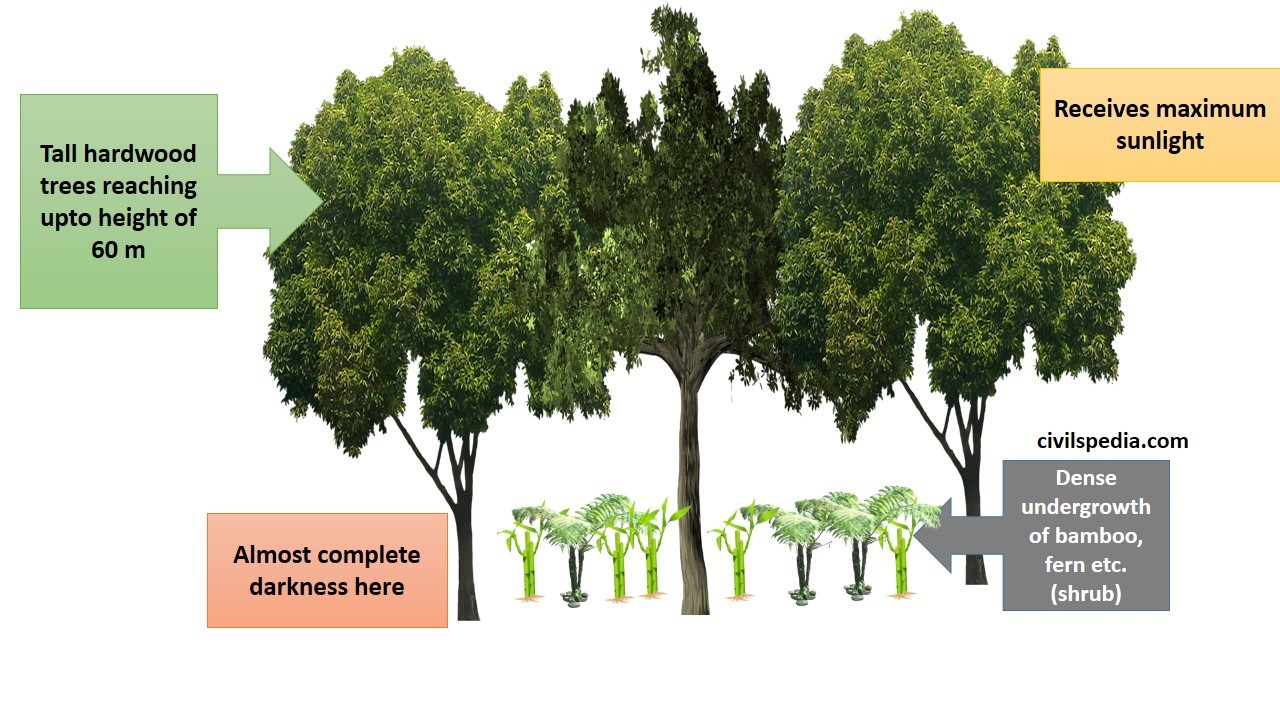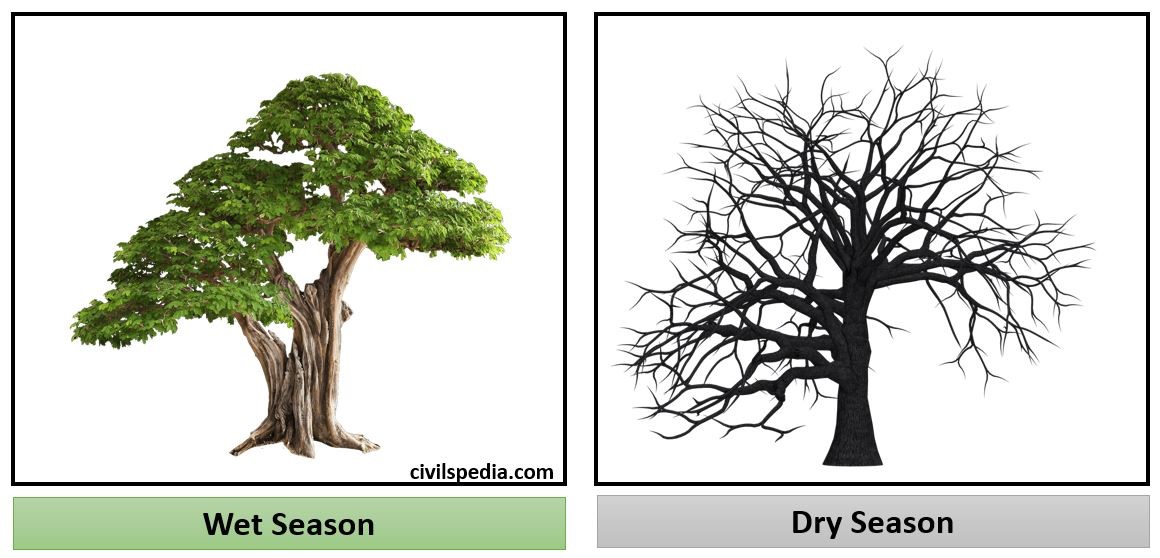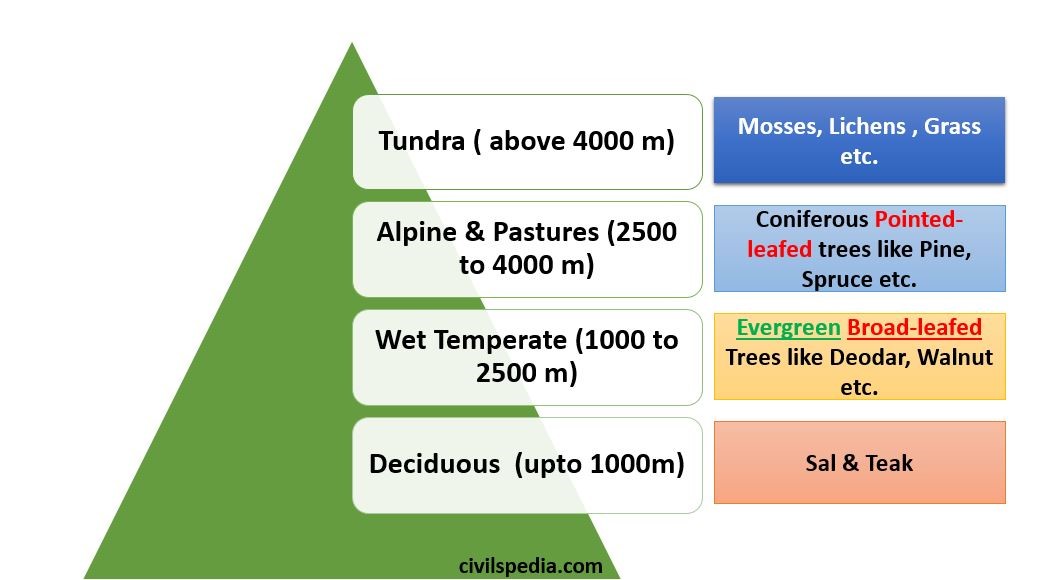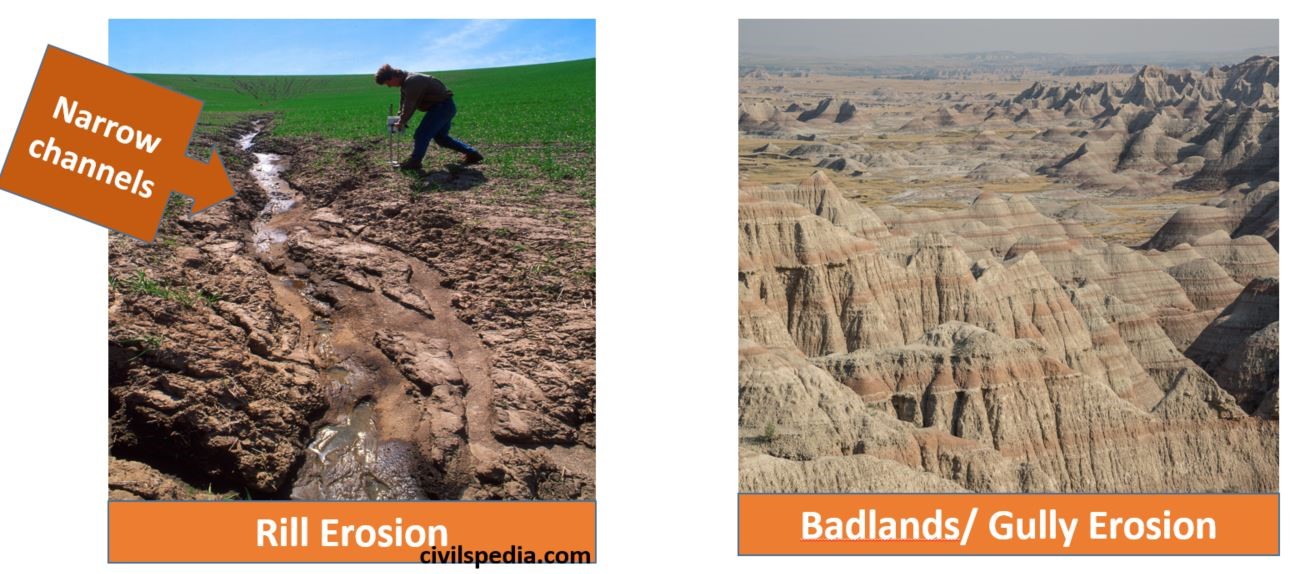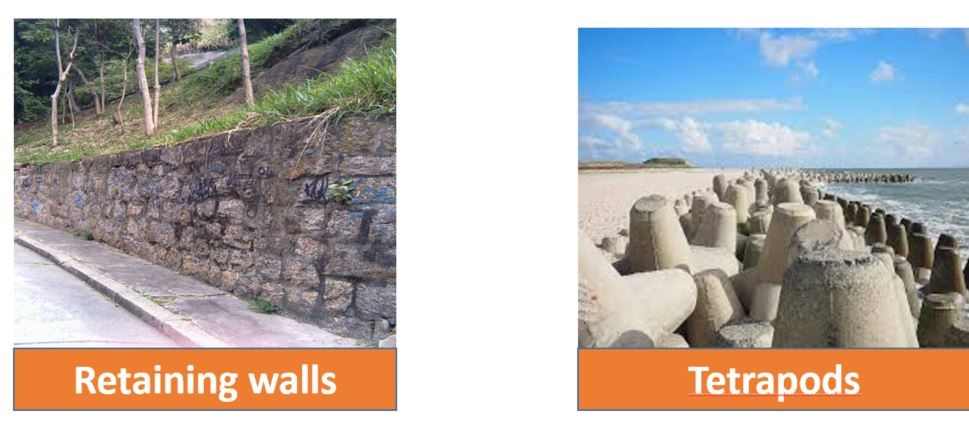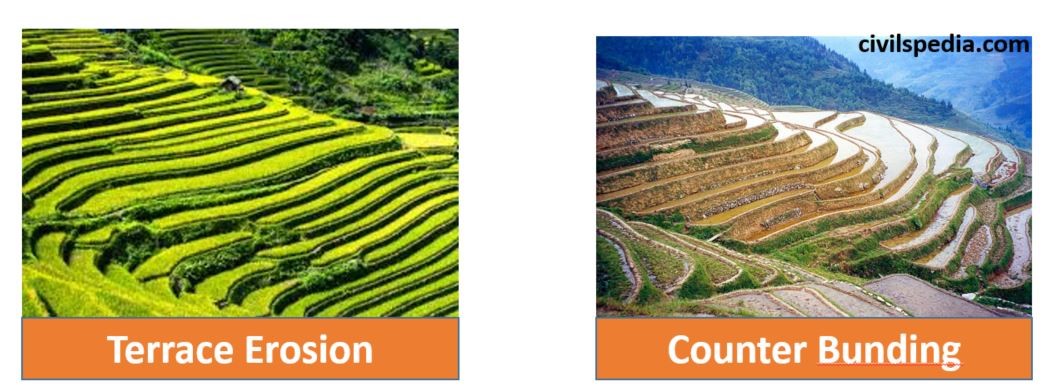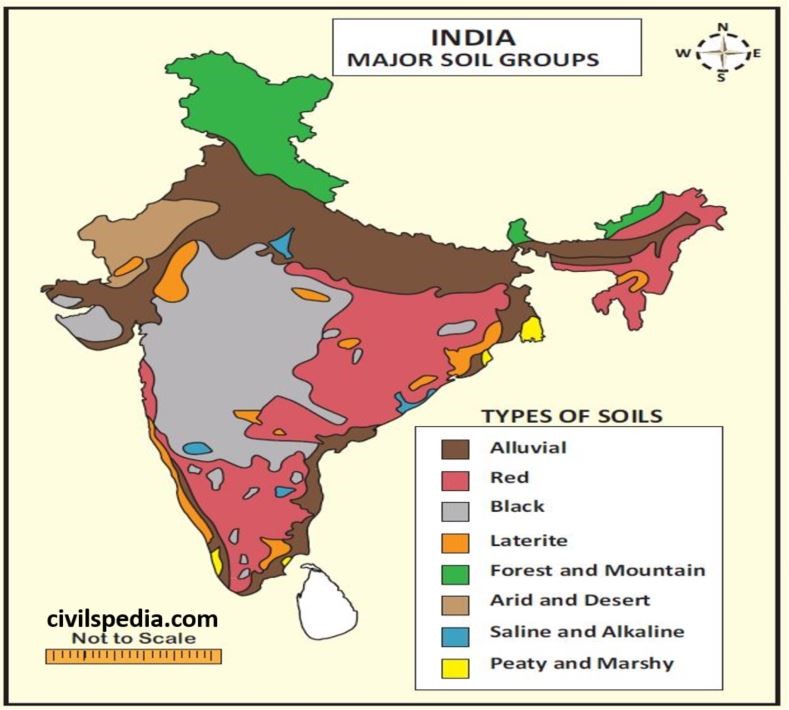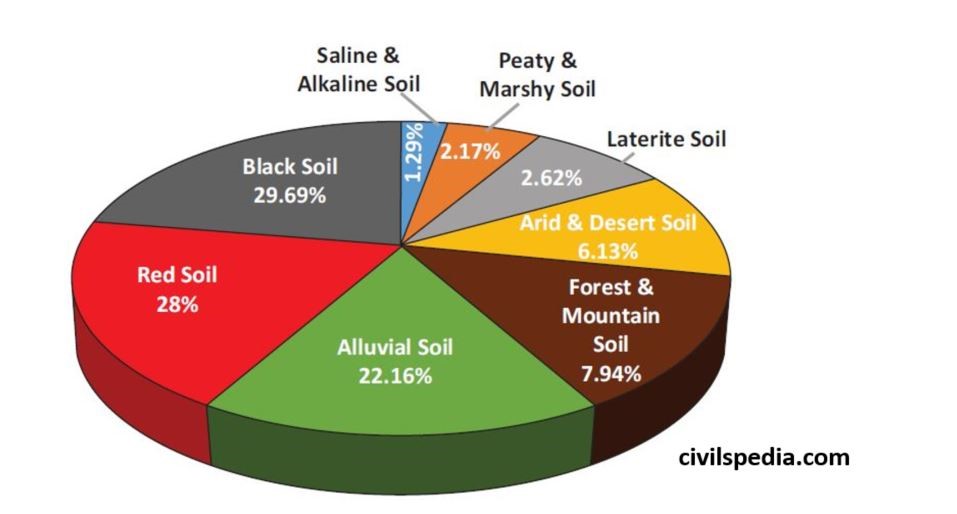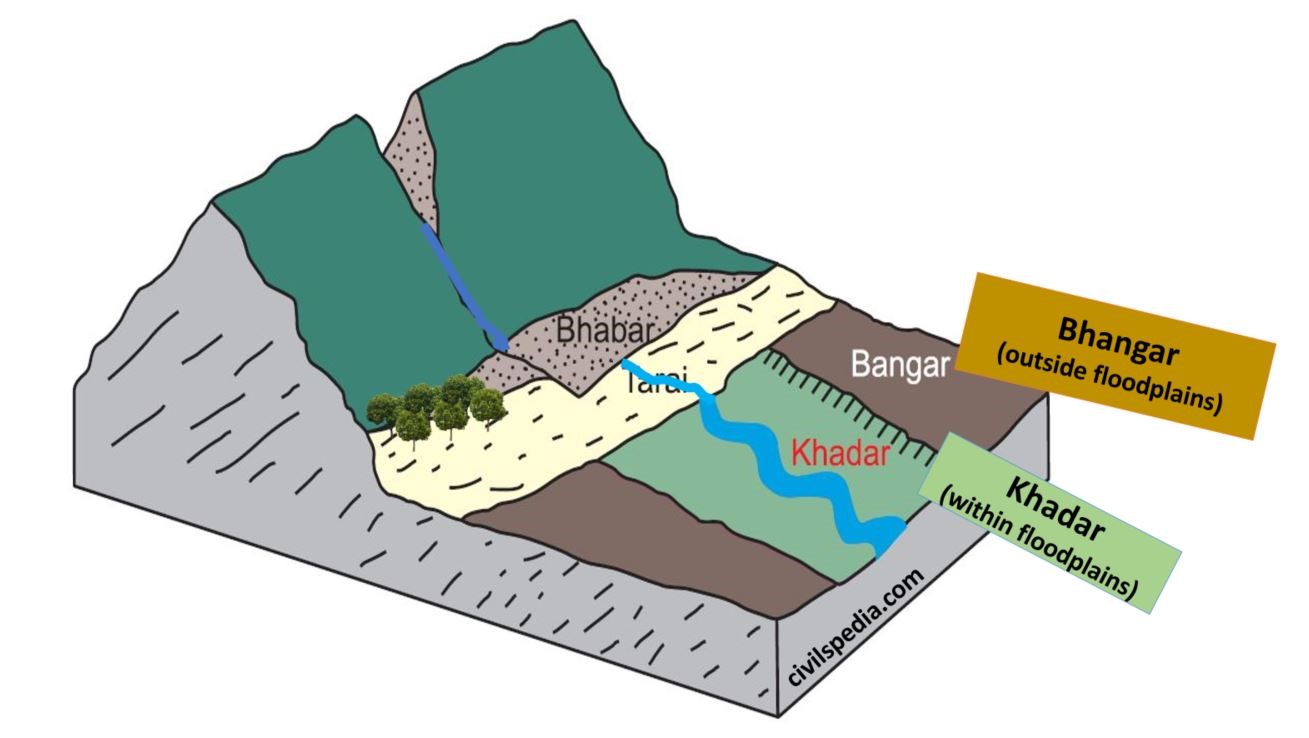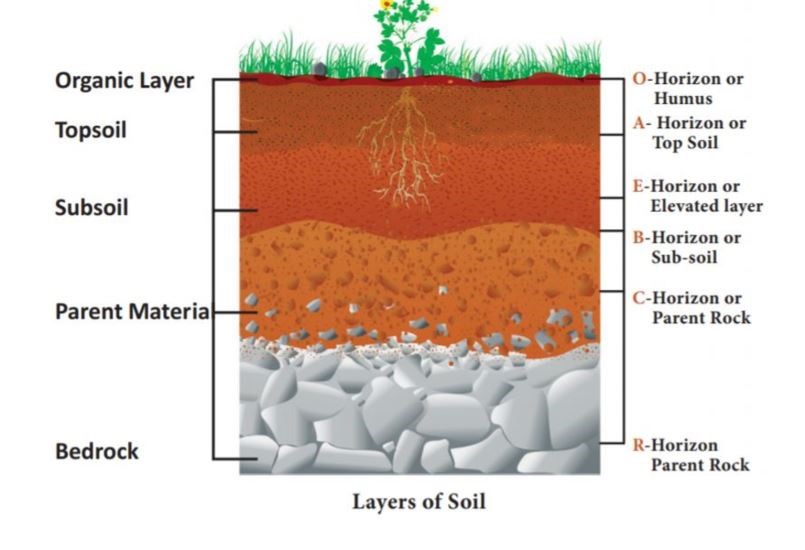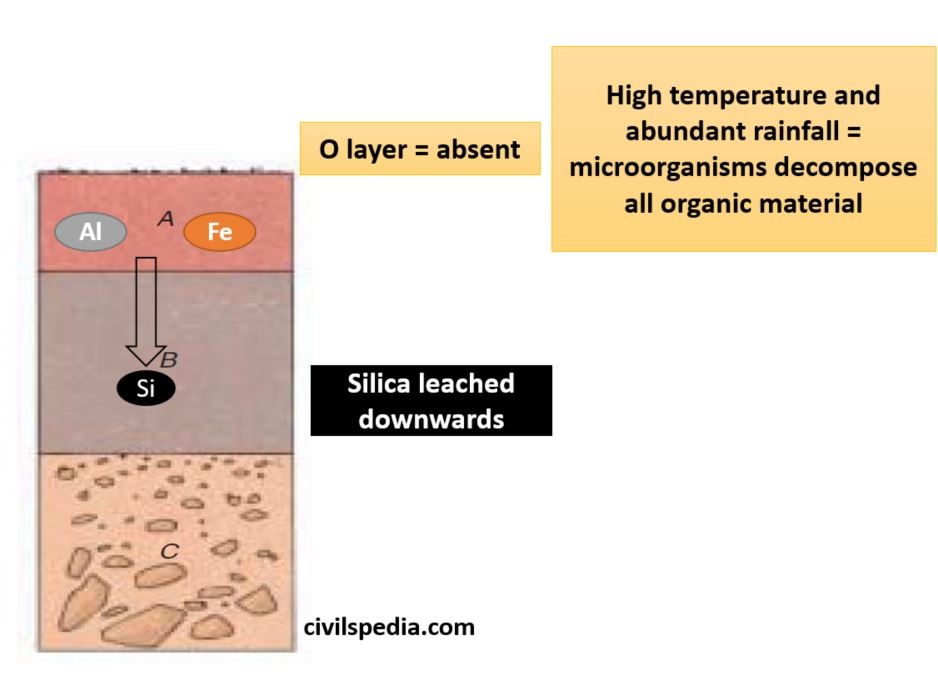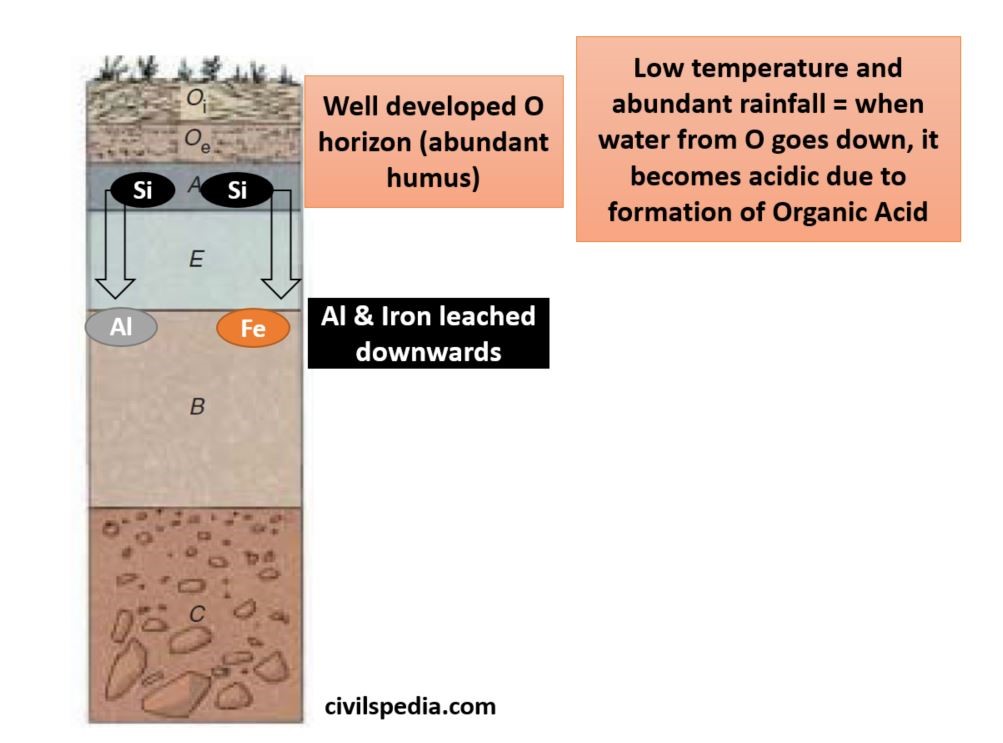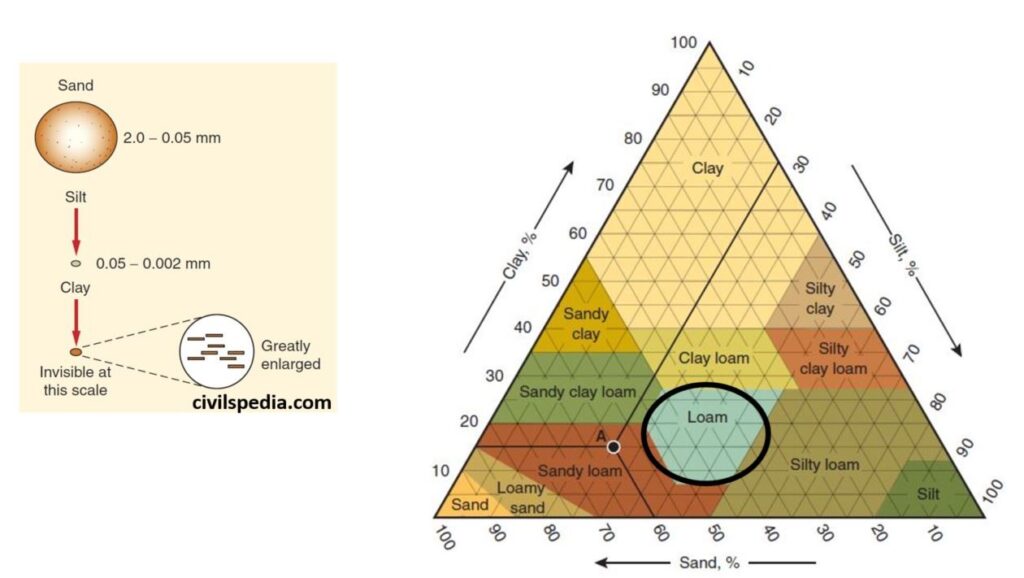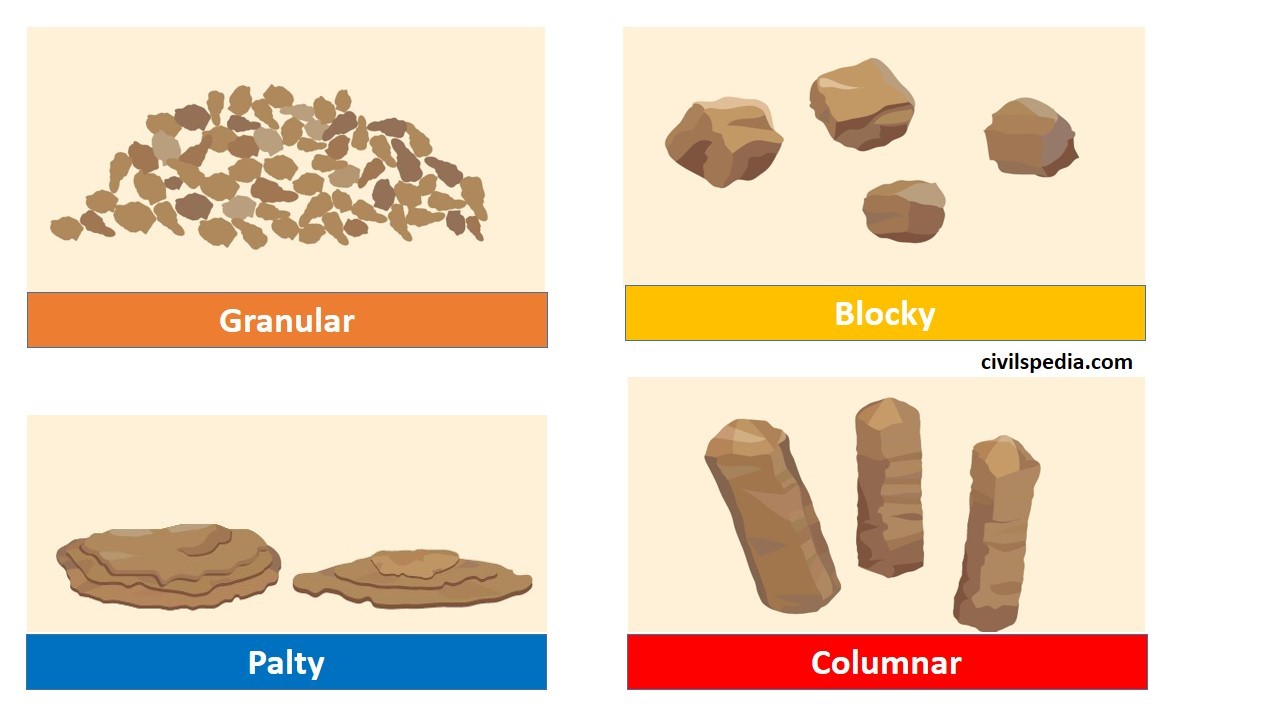Last Updated: Jan 2025 (Terror Financing)
Terror Financing
This article deals with ‘ Terror Financing .’ This is part of our series on ‘Internal Security’, an important pillar of the GS-3 syllabus. For more articles, you can click here.
Introduction
Terrorism Finance is termed as the ‘lifeblood of terrorism’, one of the most important factors in sustaining its continuing threat.
How are Terrorists funded?

- In the Northeast, extortion, drug trafficking and gun running are the fundamental basis for funding terrorism.
- In Jammu and Kashmir, external funds from Pakistan and Gulf countries, along with counterfeit currency, are the primary sources of finance.
- Maoist terror movements rely on extortion, robberies of banks and drug trafficking for their funds.
Funding of International Terrorist Organisation
- ISIS: They use (1) control of Oil Fields, (2) Selling Antiques in Black markets, (3) Paying Cadres in the form of Sex Slaves (Yazidi & non-Sunni women) etc., to fund their operations.
- Taliban: They relied on the drug trade apart from funding from Pakistan’s ISI during their fight with the NATO forces.
- Petrodollars of Saudis fund various Islamic terrorist organizations.
- Some countries use terrorism as state policy and fund terrorists (like Pakistan and Iran (funding Hezbollah)).
- Terrorist organizations use the loopholes in digital security and the “anonymity” provided by blockchain technology to access finances.
What the World is doing to Combat it?
Financial Action Task Force (FATF)
- Financial Action Task Force (FATF) was established in 1989 by the Group of Seven (G-7) Summit in Paris.
- FATF is the global Money Laundering (ML) and terrorist financing watchdog. The inter-governmental body sets international standards that aim to prevent these illegal activities.
- Membership: FATF comprises of 38 member jurisdictions and 2 regional organizations (Gulf Co-operation Council and European Commission).
- India joined the FATF in 2010.
- FATF maintains two lists, i.e. Grey List and Black List, to deal with money laundering.
Sanctions Regime
- UNSC Resolution 1267 and UNSC Resolution 1373 form the bedrock of the financial sanctions regime for terrorist organizations and individuals.
Steps taken by India to combat Terrorist Finance
- Member of FATF: India has been a member of FATF since 2010.
- India has passed laws like the Unlawful Activities (Prevention) Act, 1967 (UAPA) and the Prevention of Money-laundering Act, 2002 (PMLA) to combat Terrorist Financing and Money Laundering.
- Demonetization & improved safety features: The government targeted the fake currency notes in circulation, an important source of terror financing.
- Making Terrorist Finance an Offence: Under TADA and POTA, holding property derived or obtained from any terrorist activity or acquiring them through terrorist funds is an offence.
- A dedicated Terror Funding and Fake Currency (TFFC) Cell has been established in NIA.
- Financial Intelligence Unit (FIU)- IND has been established in India to deal with terror financing.




